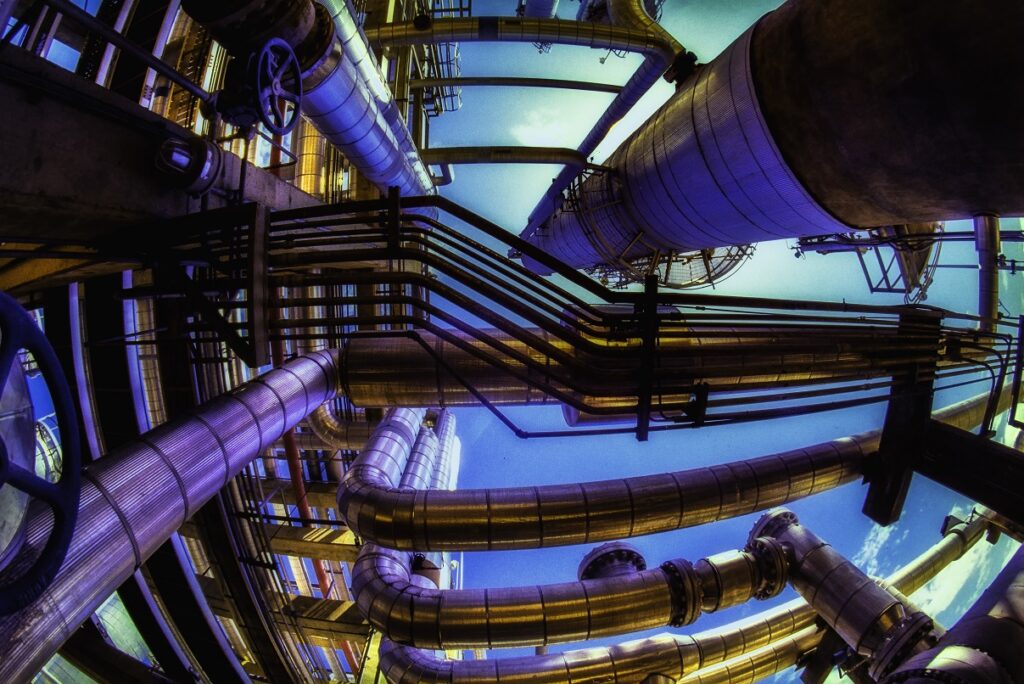The Competitive Landscape in the Polyethylene Terephthalate Industry

Polyethylene terephthalate (commonly referred to as PET or polyester) is the common chemical name for the polymer used to make polyester fibers, PET packaging resin, and oriented PET (OPET) films. The sum total of the various forms of polyester fibers (staple, textile filament, industrial filament, etc.) accounts for two-thirds of the global polyester market; PET packaging resin accounts for less than 30% and the remainder consists of OPET films and other end uses. The polyethylene terephthalate industry is a rapidly evolving sector that exhibits high levels of competitiveness due to a variety of factors such as technological advancements, production capacity, price, and sustainability initiatives.
The two main polyester markets are fibers and packaging. Global demand for polyester fibers is estimated at over 64 million metric tons in 2022. Asia has become by far the most significant polyester fiber and finished goods manufacturing hub. A significant part of Asia’s polyester-based finished goods production is driven by external demand. Mainland China is expected to remain the world leader in polyester fiber production and consumption on a long-term basis. It will also remain the leading supplier of textiles to the global marketplace.
Global demand for PET resin is estimated at over 26 million metric tons in 2022 and, unlike the polyester fiber industry, the dominance of the Asia Pacific region in PET resins is less pronounced – accounting for an estimated 44% of global demand – as supply tends to be sourced locally within all regions. PET bottle resin plants have become relatively inexpensive to construct compared to most other polymers and petrochemicals. In addition, efforts to become more self-sufficient and meet growing domestic demand requirements or initiatives to develop an export-oriented chemical business have sparked increased interest in capital investments. Even as global capacity began to exceed demand significantly, construction of new plants continued, which has put pressure on operating rates and low-cost PET resin exports from Asia have grown over the past few years despite increasing trade barriers.
In an imbalanced supply-demand market, especially in a commodity business with minimal differentiation where regional distinctions become less relevant, the most crucial aspect across different regions lies in the ability to produce locally in the most competitive manner. This implies that labor, energy, and, most importantly, feedstock costs should be at the very least comparable to those of the major exporting regions to prevent being inundated by imports.
Polyethylene terephthalate is a condensation polymer. It is generated by the chemical reaction between monoethylene glycol (MEG) and, either purified terephthalic acid (PTA) or its dimethyl ester counterpart, dimethyl terephthalate (DMT). The PTA process has a distinct edge over the DMT process, leading to its adoption by most new plants. In the complex interplay of the PET industry, market dynamics and raw material prices play crucial roles, with MEG and PTA accounting for approximately 30% and 70% of the primary raw materials for the final PET molecule respectively.
MEG is primarily used in the production of polyethylene terephthalate. In 2022, PET applications accounted for 89% of global MEG consumption. As a derivative of ethylene, the last decade has seen new MEG capacity emerge in regions with cost advantages (the Middle East, North America) or where demand has been rapidly increasing (Northeast Asia). The Middle East and North America enjoy the benefits of competitively priced ethane, offering regional ethylene and ethylene derivative manufacturers a significant cost advantage and making these regions global leaders in cost-effective MEG production. In Northeast Asia—particularly in mainland China—the growth of the textile industry and the rising dominance of polyester fibers within the textile fiber mix have driven the construction of large-scale MEG plants. As the primary global producer of polyester, mainland China also constitutes the largest MEG market. Given that mainland China is the foremost producer and consumer of MEG, any changes there inevitably cause substantial shifts in the global MEG supply-demand balance, thereby affecting MEG prices. As of 2022, 79% of global MEG capacity is concentrated in three regions: North America, the Middle East and mainland China, with the latter accounting for 52% of global MEG imports. In such a climate, it’s not surprising that Asia has become the primary price setter and benchmark for MEG prices globally.
Conversely, while MEG prices tend to be more uniform across different regions, PTA prices vary significantly among major producing regions. Asia, with its considerable excess capacity, typically sells PTA at a minimal margin above-contained paraxylene (PX) and has occasionally sold it at or even below cash costs since 2012. In Europe, local prices are limited by the net cost of importing products from the Middle East, Asia, and North America. The economics of PTA in North America are formula-based prices dependent on PX. Initially, this formula price was established to curb backward integration by domestic polyester producers. More recently, the formula has been adjusted to limit PTA imports from other regions and to maintain the competitiveness of domestic polyester industries, primarily PET resin producers, against polyester imports from Asia.
Paraxylene, a colorless, flammable liquid, is one of the three isomers of dimethylbenzene collectively known as xylenes. It is primarily obtained from crude oil through a refining process. Paraxylene is an essential raw material used in producing PTA and DMT, both precursors to PET.
The Russia-Ukraine conflict, which started in early 2022, has had a profound impact on the global energy markets, becoming a critical factor in driving inflation significantly higher in several economies. Simultaneously, a rapid recovery in gasoline demand led to a steep rise in gasoline prices in 2022, resulting in higher PX and, subsequently, PTA costs. The North American and European polyester markets found themselves being unable to compete against lower-cost imports from Asia, adversely affecting producers across the polyester chain. Several PX/PTA producers had to resort to shutdowns due to poor competitiveness or low market demand.
Moreover, in the older industrial regions, the PX industry is primarily an offshoot of oil refineries, generally non-integrated with PTA/PET companies, whereas, in some other parts of the world, like mainland China, PX units can be found integrated with PTA and PET businesses or part of a refinery to chemicals business model. This setup brings to light a distinct difference in PX economics. As a byproduct of the refinery industry, PX is an output from a business built to produce fuels, not chemicals, and the competition between fuels and chemicals becomes more pronounced. When there is an anticipated or unexpected surge in gasoline demand, for instance, during summer seasons, or when refineries’ operating rates are lower for various reasons like maintenance or weather events, fuel prices can soar. In such situations, paraxylene producers might shut down their units in favor of producing gasoline, reflecting the better alternate value of paraxylene feedstock derived when producing fuels. This situation is common in North America and Western Europe, while in Asia and the Middle East, paraxylene prices are not subject to the same cost pressures.
The competitive landscape is also shaped by regional and international trade policies, which can impact production costs, market access, and profitability. Companies with robust regulatory compliance strategies are better equipped to navigate these complexities and maintain their competitive position.
In conclusion, competitiveness in the PET industry is a complex interplay of various elements, including market consolidation, technological innovation, production capacity, price fluctuations, sustainability initiatives, and regulatory factors. As the industry continues to evolve, these factors will increasingly shape its competitive dynamics. However, in any petrochemical business, nothing is more crucial than establishing secure and cost-efficient procurement strategies. These strategies can effectively navigate raw material cost fluctuations, thereby securing a competitive advantage and sustaining profit margins in the long run.
Authors

Roberto Ribeiro
Executive Director, Americas EO & Derivatives in the Americas
Learn how we can help you prepare and navigate market disruptions today.

